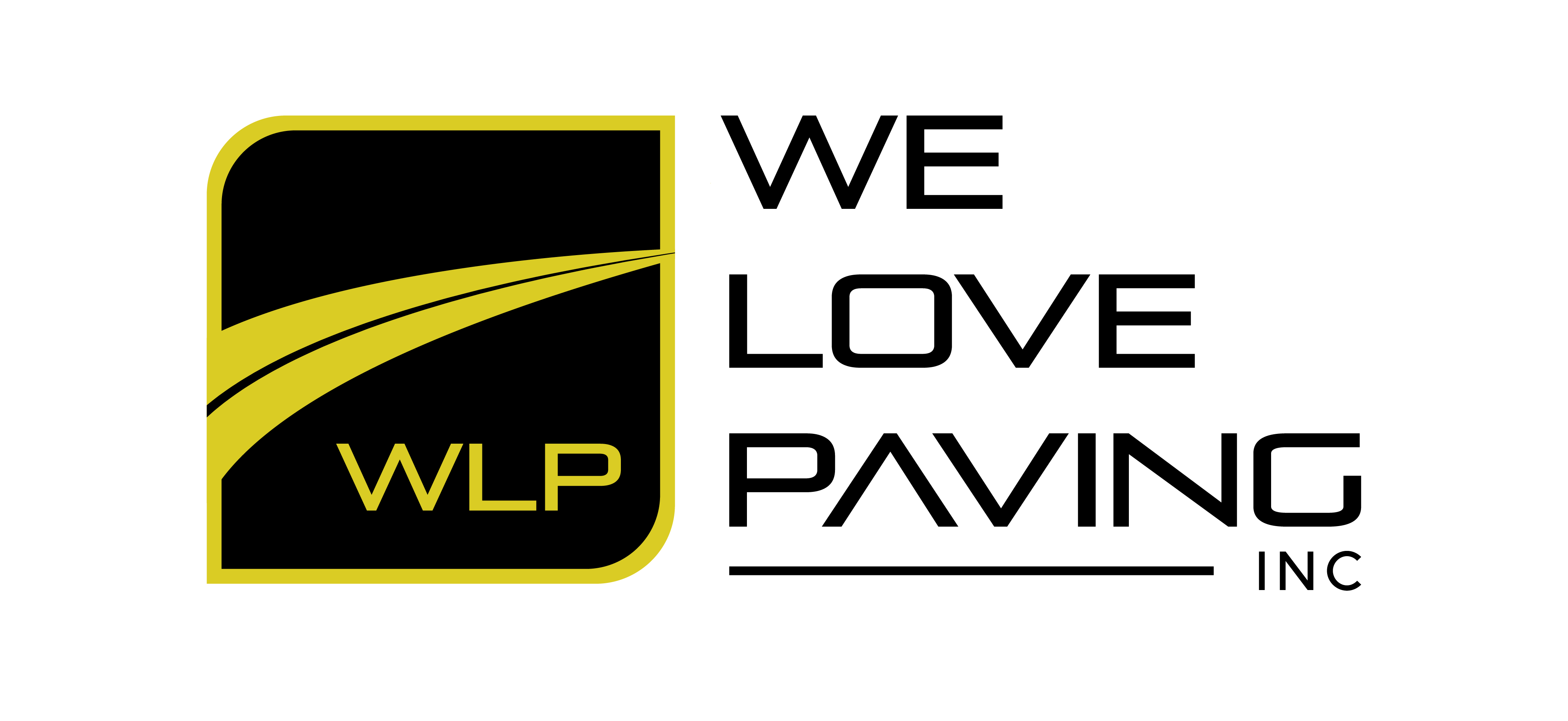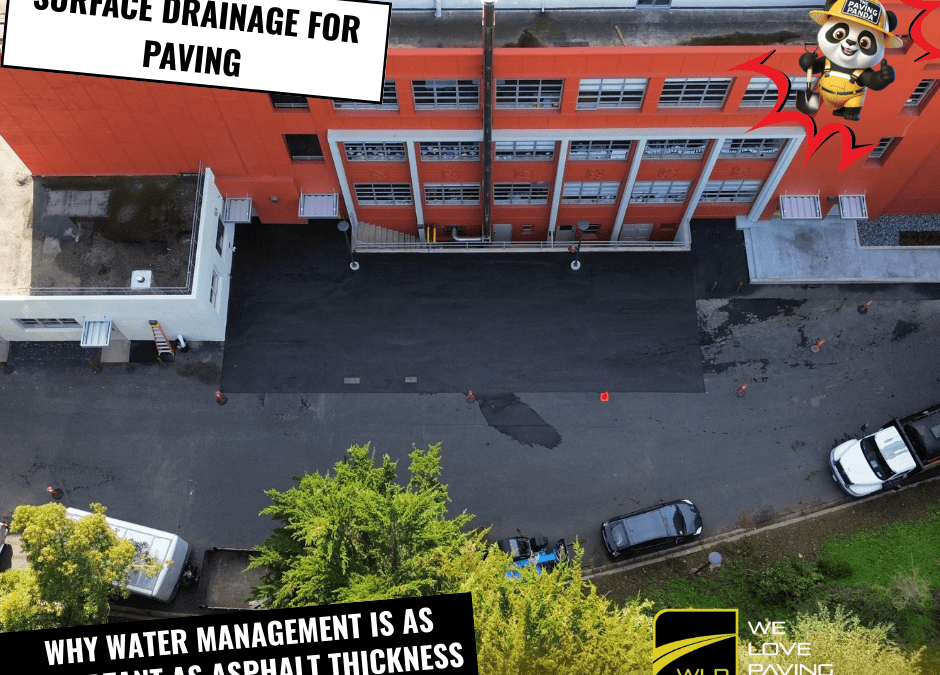When people think about paving, they focus on surface smoothness, thickness, and materials — but ignoring drainage is one of the biggest mistakes in asphalt construction. At We Love Paving, we engineer every surface with long-term water management in mind, because water is the number one enemy of pavement longevity.
In this post, we’ll break down how WLP designs effective drainage systems as part of every asphalt and concrete project, helping clients avoid premature failure, surface erosion, and liability issues.
Why Drainage Matters More Than You Think
Water infiltration can:
-
Weaken the subgrade and cause structural failure
-
Lead to potholes and alligator cracking
-
Accelerate asphalt oxidation and surface breakdown
-
Create trip hazards and ADA non-compliance
-
Cause ice formation in cold weather zones, leading to expansion cracking
And most of this damage happens below the surface, long before it becomes visible.
WLP’s Drainage Engineering Approach
We don’t treat water management as an add-on — it’s integrated into our core process:
1. Surface Grading and Cross Slope Design
-
Our team designs surfaces with 1.5% to 2.5% cross slopes, depending on use case
-
Laser-guided grading equipment ensures even slope across wide lots
-
For concrete flatwork, we create channelized flow lines toward inlets or curb cuts
→ Result: Water never sits where it shouldn’t.
2. Subsurface Drainage Integration
For heavy-use areas like commercial lots or fleet yards, we integrate subsurface drainage components:
-
Perforated drainpipes wrapped in geo-fabric for sub-base water control
-
Drain rock trenches along the pavement edge
-
Optional French drain systems for areas with poor permeability
→ Result: Prevents water buildup beneath pavement that can cause heaving and early failure.
3. Catch Basins and Curb Inlet Design
Our projects involving large parking areas or sloped terrain include:
-
Properly sized catch basins and trench drains based on rainfall runoff volumes
-
Inlet placement according to drainage maps and flow direction modeling
-
ADA-compliant curb cuts and trench grates with non-slip ratings
→ Result: Controlled flow, fewer ponding problems, and code compliance.
4. Stormwater & Environmental Compliance
Especially in urban and coastal areas, local governments require paving projects to meet stormwater best management practices (BMPs):
-
Flow-through planters or bioretention zones integrated into parking layouts
-
Permeable pavement solutions when required by zoning
-
SWPPP coordination for larger commercial sites
→ Result: Permits cleared faster, inspections passed with confidence.
Applications We Focus On:
-
Large commercial parking lots
-
Industrial yards and delivery zones
-
School campuses and municipal sites
-
Residential HOA roads and driveways
-
Fleet operations and auto dealerships
Conclusion: Paving That Thinks Beyond the Surface
At We Love Paving, we don’t just build what’s on top — we design what’s beneath. Our integrated approach to drainage and water control ensures your surface performs not just today, but for the next 10–20 years.
📞 Contact WLP for a site-specific consultation and discover the difference that engineered paving can make.

